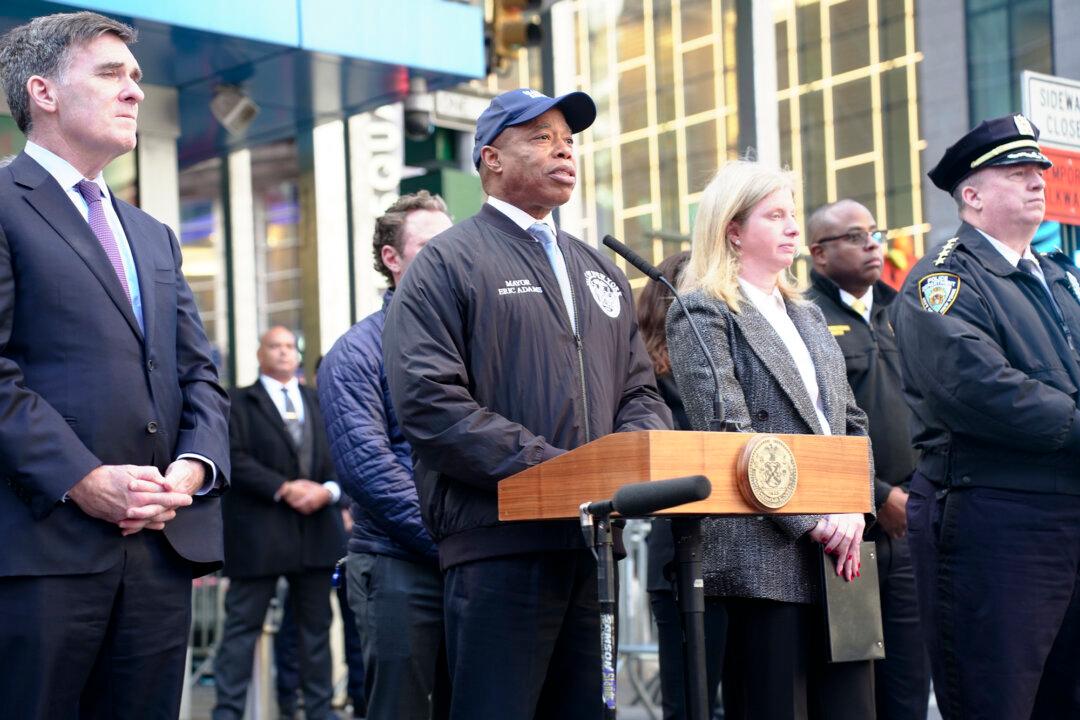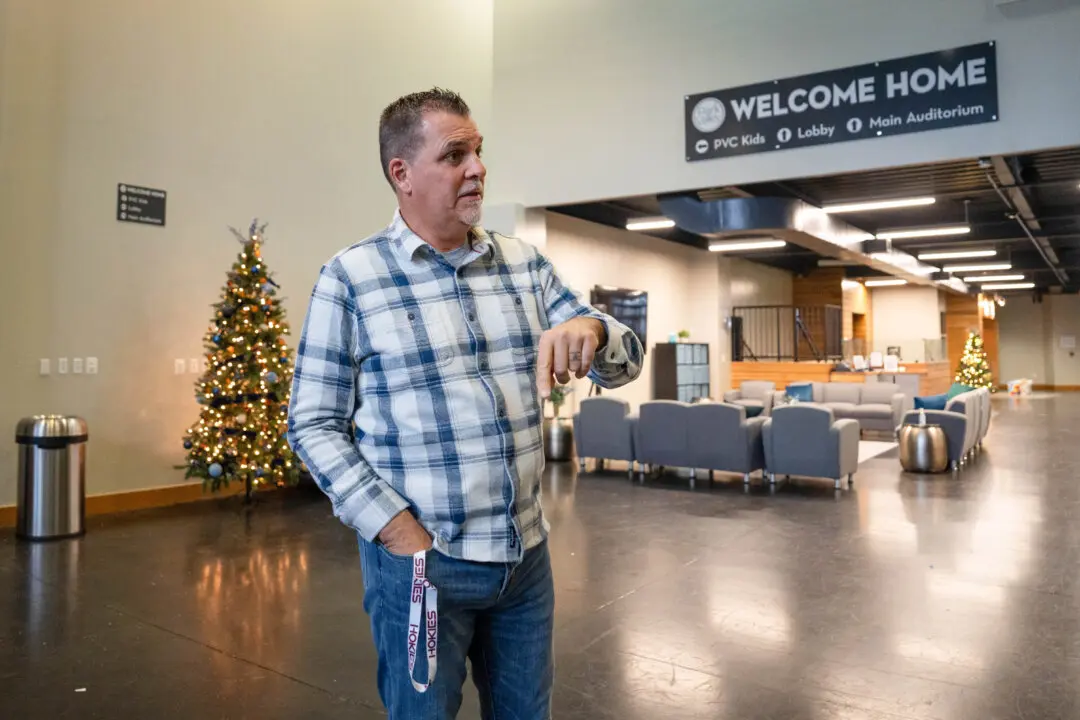The Postmaster General told the House Oversight Subcommittee on Government Operations and the Federal Workforce that the U.S. Postal Service (USPS) had made significant progress toward the goals of its Delivering for America 10-Year Strategic Plan.
But during its May 17 hearing, the subcommittee wanted to hear that the mail would be delivered on time.





